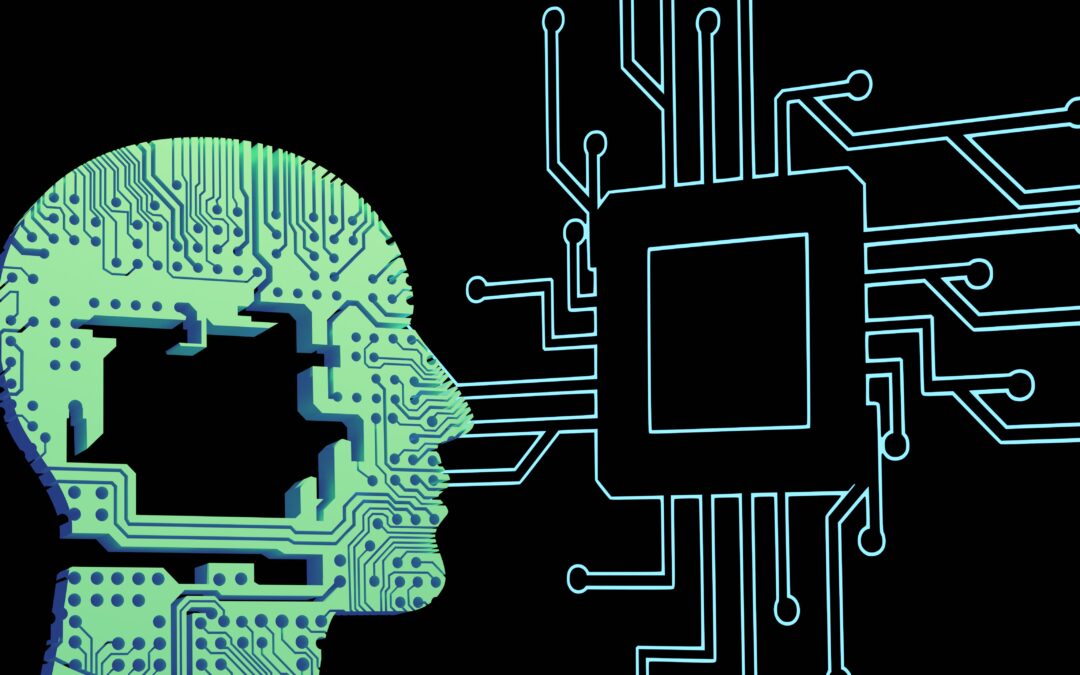Digital Thread Misses Manufacturers Mark
Unified Namespace (UNS) has affordable flexibility and scalability that manufacturers need for digitally transforming over time; Digital Thread simply can’t compete.

Why It Matters
Manufacturers around the world are realizing the data from their ERP isn’t enough to drive better efficiencies, throughput, margin, and revenue. They are now looking to get real-time data from all parts of the factory floor AND to combine that data with various manufacturing and business systems to find the problems and solve them with the new wealth of information…i.e., digital transformation.
Some of the big decisions to make for starting a digital transformation journey are:
- Right strategy and architecture
- Right technologies
- Right partners
Within the realm of most appropriate architectures for a digital transformation, the Digital Thread architecture has gained traction over the years, but isn’t able to meet manufacturer’s needs like the Unified Namespace.
Go Deeper
Let’s define the terms first:
Unified Namespace (UNS)
- Architecture with a hub of communication with which all devices and systems are connected, publishing/subscribing to data across the organization.
- The data is structured using a semantic hierarchy (ISA-95) to organize and model the structure and events of the business.
- As a result it becomes the single source of information about the state of the business.
- Implementations of the UNS should follow these four minimum technical requirements:
- Edge driven
- Report by exception
- Light weight
- Open technology
Digital Thread
- Connected and integrated flow of digital information throughout the entire product lifecycle.
- It encompasses the collection, analysis, and sharing of data across various stages, from design and engineering to production, quality control, and customer feedback.
- At its core, a digital thread acts as a virtual representation of a physical product, incorporating data from multiple sources.
- By seamlessly linking these disparate data points, the digital thread provides a holistic and transparent view of the product’s journey.
Now let’s discuss some challenges with the Digital Thread
One Direction Only
Digital Thread, by its definition, is unidirectional. It is a flow of information linearly through the plant, following a product’s lifecycle forward to the end of the product in the plant.
The people that need information (i.e., data with context) from the plant floor the most are the frontline workers. If the information is going from the plant floor out, following the product, the frontline workers and other systems (e.g., self-aware SCADA) lose the opportunity to share that data and use it to find problems and innovate to solve the problems.
Stops in the Cloud
Often the Digital Thread is implemented by connecting plant floor systems vertically to data lakes or similar in the cloud.
Again, the people that need data from the plant floor the most are the frontline workers. Too often the data in the data lakes are accessed by data scientists and that data rarely makes its way back to the plant floor.
Deterministic and Inflexible
Digital Thread implementations often include connectors to connect at each layer as the data moves through the organization and up to the cloud.
This deterministic nature of the Digital Thread makes it more complicated and time consuming to change (similar to the Purdue model). Conditions frequently change on the factory floor. Systems with multiple connection points that need to be configured for the data coming through are overly complicated.
Unified Namespace (Conclusion)
The UNS provides a level of scalability and flexibility that the Digital Thread cannot match. The scale and flex are based on the UNS allowing for connectivity across the organization, where devices and data can be added, publish data from the edge to UNS, and consume data from the UNS just as easily with open technologies (i.e., nonproprietary, not expensive). That means their data is automatically available across the organization without extra configuration. Additionally, the UNS is able to connect plant equipment and enterprise systems and share data to still accomplish what the Digital Thread does…to follow the product’s lifecycle for traceability and connecting systems for real-time visibility across the organization.






